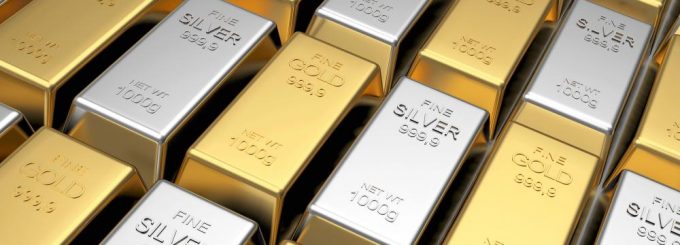Spot Price vs. Premium: What You’re Really Paying for Bullion

When investing in physical bullion, many buyers focus only on the live market value of the metal. But there is a second part of the cost that matters just as much—the premium.
Understanding spot price vs premium can help you make smarter decisions. It also affects how long it may take to see a return on your investment.
This price difference applies to all physical bullion, including gold bars, coins, and other precious metals like silver, platinum, and palladium.
What Is the Spot Price?
The spot price refers to the current trading value of a metal in the open market. It updates in real time and reflects global demand, supply, and economic trends. Spot prices are quoted per troy ounce and serve as the baseline for bullion pricing.
When you check the price of gold or silver online, what you see is typically the spot price. But that number only represents the raw metal value, not the cost you pay to own it physically. No one can buy bullion at the spot unless they are trading contracts or futures. Physical ownership includes more.
What Does the Premium Cover?
The premium is what you pay above the spot price. It includes several costs tied to production and distribution. Refining, minting, and labor all add to the price. Transportation and secure storage also come into play.
Dealers charge a markup as well. This covers their business costs and reflects market conditions. Higher demand often leads to higher premiums, especially for widely recognized products like an American gold coin. Coins and bars with complex designs or limited mintage may carry even higher markups.
How the Premium Affects Your Investment
Premiums directly affect your break-even point. For example, if you buy a gold coin for $2,100 and the spot price is $2,000, then the premium is $100. The market must rise above $2,100 before you gain value on that investment.
The resale experience also matters. When selling bullion, buyers usually pay closer to spot unless the item is rare or highly collectible. That means you might not recover the full premium you paid. The wider the gap between spot and purchase price, the longer it may take to profit.
Factors That Impact Premium Levels
Several elements influence premiums. The manufacturing method plays a role—bars usually cost less per ounce than coins. Larger weights often come with lower premiums per ounce. Supply and demand shift based on global events. During periods of economic tension, premiums rise because more investors rush to buy physical gold.
Collectability can also increase premiums. Items with historical or limited production appeal may hold value above the melt price. Buyers may be willing to pay more for rare dates, special mint marks, or visually striking designs.
Choosing the Right Type of Bullion
If your goal is to hold pure metal, simple bullion bars might offer more ounces for less money. If you value liquidity and recognition, coins such as the American Gold Eagle often sell more easily. Each option has tradeoffs. It depends on your goals, storage plans, and risk comfort.
Those planning to hold for the long term may accept a higher premium for added beauty or collector interest. Others may prefer to minimize upfront costs by focusing on metal weight over appearance.
Work with Coin Exchange for Fair, Transparent Bullion Pricing
Coin Exchange will walk you through the true cost of buying or selling bullion. We explain the difference between spot and premium clearly, so you understand what you are paying for.
If you are buying bars or coins or looking to sell at a fair rate, our team helps you make the right call—every time.


